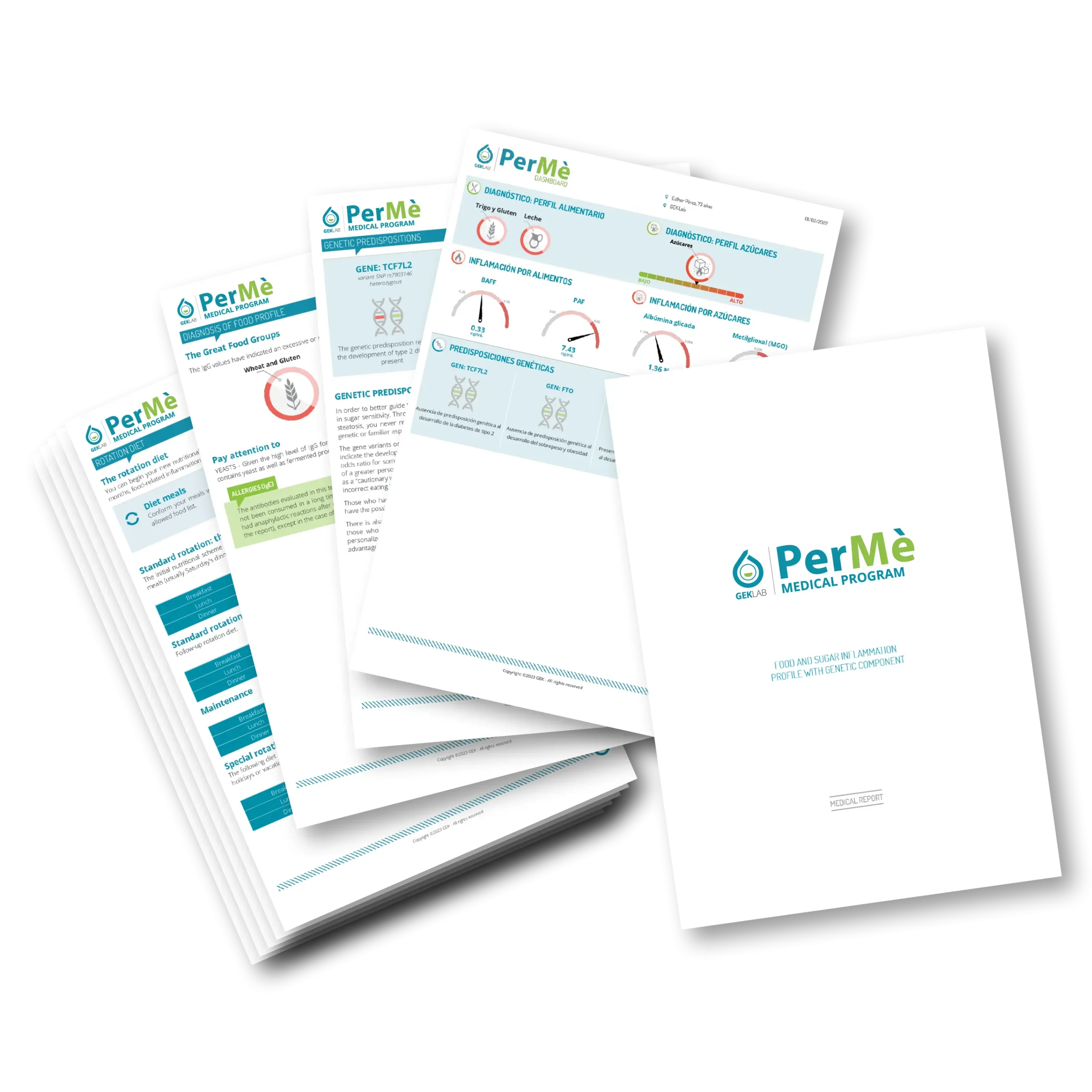
PAF stands for Platelet Activating Factor, referring to a group of molecules with interesting biological effects related to various inflammatory aspects.
The name “PAF” originated from the molecule’s involvement in platelet release and coagulation initiation when it was discovered in the 1970s.
It was later found that PAF is released by immune system cells in response to different stimuli, with one of its main roles being to mediate the inflammatory response.
Inflammation: a double-edged sword
Inflammation is a physiological process that is absolutely protective and necessary, essential for carrying out tissue repair or defending the body against an external pathogen.
A high PAF level, as well as a high BAFF level, is never a sign of illness but of an ongoing inflammatory state that “alerts” the body.
It is through the inflammatory process and the activation of the immune system that an infection can be fought off or a wound can be healed.
However, the inflammatory process has a “dual” role: for a short period, it certainly serves a protective function, but if it persists for too long, it can be extremely harmful to the body.
If the inflammatory process does not subside when the battle is over, chronic and persistent inflammation (also mediated by PAF) can become the cause of numerous disorders and even serious pathologies.
It is estimated that lifestyle and diet may contribute to up to 95% of the chronic-degenerative diseases known to us, while only 5% of these diseases are determined by genetic factors.
Therefore, although each individual may inherit a greater genetic susceptibility, lifestyle and its quality (sleep, stress, cigarette smoking, environmental pollution, exercise, and diet) can directly influence inflammatory responses and determine the onset of actual pathologies.
Diabetes, obesity, fatty liver disease, tumors, metabolic syndrome, cardiovascular diseases, just to name a few, are all diseases strongly influenced by lifestyle and diet.
Because PAF plays such an important role as an inflammation mediator, its excess has been correlated with many of these chronic-degenerative diseases, tumor progression, disproportionate allergic reactions, including anaphylaxis, etc.
The timing, space, and quantity of PAF therefore play an important role in determining whether the effect is unfavorable and harmful or positive.
High PAF: when to worry
A high level of PAF, as well as an elevated BAFF, is not a sign of disease but rather indicates an ongoing inflammatory state that “alerts” the body.
Persistent perception of suboptimal health and elevated PAF and/or BAFF levels certainly warrant a review of one’s lifestyle and diet; in the presence of persistent and enduring symptoms, medical evaluation may also be necessary.
A personalized, varied, and balanced diet following the Mediterranean dietary pattern is undoubtedly an excellent tool to support the body in preventing and modulating inflammatory responses.
The PerMè Medical Program or the Recaller Medical Program allows for the measurement of various inflammation modulators, including PAF and BAFF.
Their dysregulation necessitates careful reevaluation of one’s lifestyle and diet, as these are the primary avenues through which one can intervene to gain years of healthy living.
By the Scientific Editorial Team at GEK Lab




